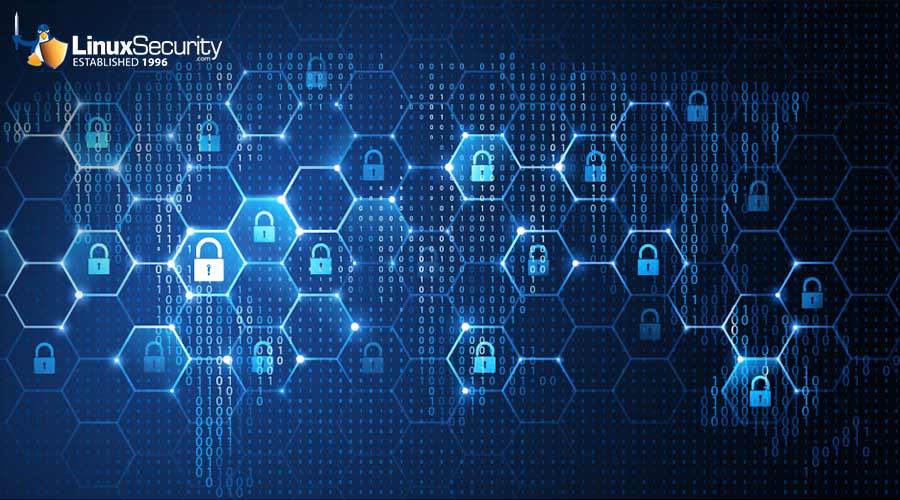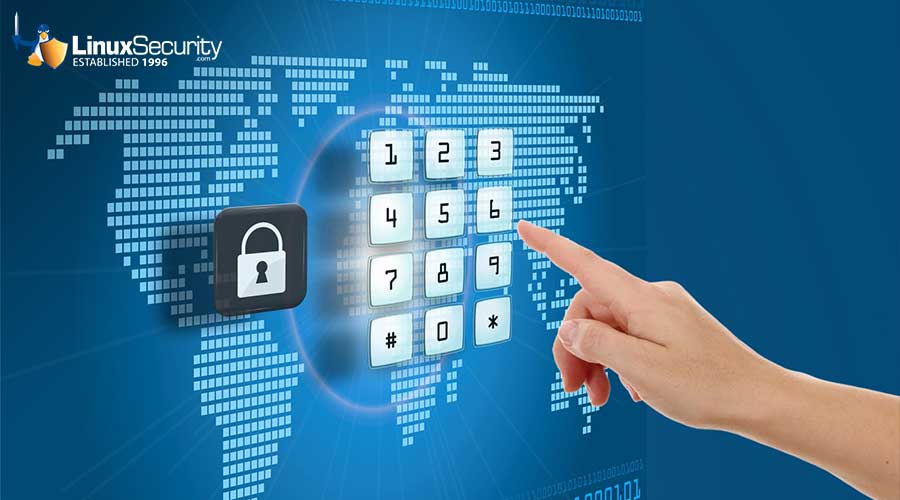Scalable Encryption Solutions For Today’s Environment
Remote storage technologies (e.g. storage area networks) place sensitive, even critical company information, at a vendor's site on vendors' systems where access is controlled by the vendor. Use of "untrusted" networks is the norm. Connections to potentially hostile networks like the Internet are commonplace. Vendors, partners, regulatory agencies and even customers now routinely need access to information that is stored deep within what used to be the security perimeter of the organization. In fact, the need for information to be readily available to those who need it, when they need it, has made the concept of a "secure perimeter" a misnomer. There is no such thing as a truly secure perimeter in today's business environment because sensitive information flows across those boundaries constantly.
The link for this article located at SCMagazine is no longer available.
























